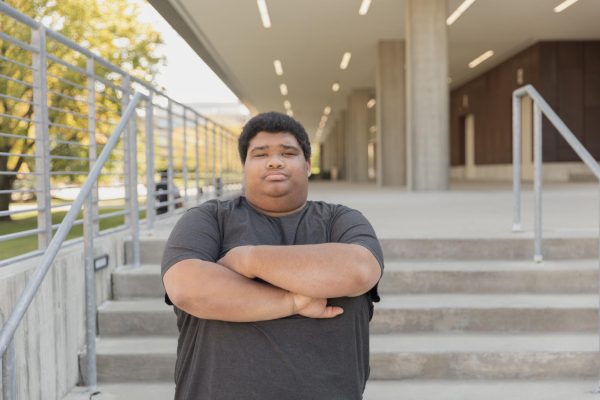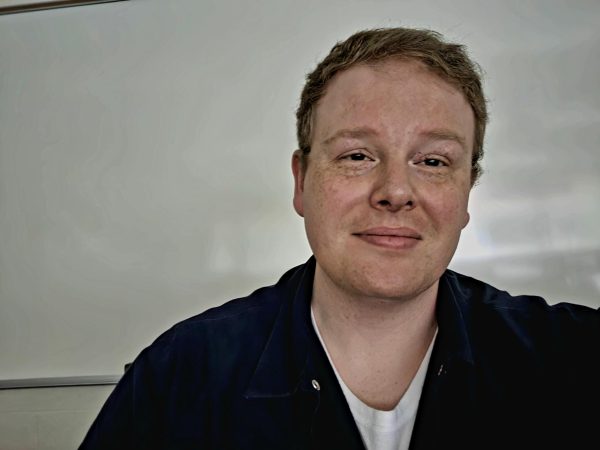Letter to the editor: What’s a university for? Part two
Most people know Mary Wollstonecraft as the author of A Vindication of the Rights of Woman (1792), a book that blazed a trail for later feminists. She was also a theorist of what we might call ideology—the forces that shape people’s thinking. In A Vindication, she described a “stream of popular opinion that has carried all before it, and given a family character, as it were, to the century.” This is how ideology works. Because this “stream” shapes the norms and assumptions of those it carries, people who live in widely different times and places share similar beliefs about their world. Like members of a family who look different and disagree about many things, people carried by the stream share enough similarities to be recognized as having a “family character.”
Part of the work of A Vindication is explaining why women were especially prone to being caught up in this stream of popular opinion. Women, she argues, were educated in “snatches.” Their education is of a “more desultory kind than the knowledge of men.” What they learn is “acquired more by sheer observations” than “from comparing what has been individually observed with the results of experience generalized by speculation.” Since they are not taught to generalize and compare, they are susceptible to being hoodwinked and abused.
To counter the vulnerability brought about by their desultory education, Wollstonecraft seeks in both A Vindication and her unfinished novel Maria, or The Wrongs of Woman (1798) to provide the knowledge necessary to generalize their experiences. The novel’s protagonist escapes from an abusive husband and works her way through the country, encountering women from different levels of British society. Along the way, she meets women who are kept down, abused, exploited, and confined by those in power. Meeting these women from different regions and classes, Maria comes to see that her experience is not unique. Being able to see her experience as part of a pattern of experiences of other women helps her to recognize the stream that is carrying all of them together. More importantly, Maria’s experiences provide Wollstonecraft’s readers with the opportunity to “compare” what they have “individually observed” with the “results of experience generalized by speculation.” Her work, always educational in orientation, seeks to provide its readers with a kind of intellectual distance from which to analyze the forces acting on them. This gives them power to recognize the stream that would sweep them up and act against it.
Wollstonecraft, I argue, provides a model for an education. This is what a university is for: it creates opportunities for students to understand their world. It does so, or at least it should, in ways that exceed the instrumentalist approaches dictated by a capitalist model of education. I can’t speak for what my colleagues do, so I’ll talk briefly about what I do in my classes. I’m currently team-teaching a course on Love and Political Violence with my colleague Jeff Insko. We began the semester by having the students read two essays on violence: C.A.J. Coady’s philosophical essay “The Idea of Violence” and Robert Cover’s legal essay “Violence and the Word.” We had our students work their way through these difficult essays so they could develop a conceptual framework that would enable them to evaluate the materials we read throughout the semester. Because the essays were unfamiliar in nature, they struggled with them (which is part of the point).
But in the weeks that have followed, the essays have repeatedly popped up in our discussions and in their essays because they have proven helpful tools for making sense of other materials they read. A couple of weeks ago, as a class warm up exercise, we had the students listen to a news report on the Michigan Legislature’s (and the Governor’s) overhaul of the state’s automobile insurance laws so that insurance companies could pay health care providers less than the cost of the treatment for victims of catastrophic injuries in automobile crashes. As the report spelled out, the new law left many people without necessary and life-sustaining medical care. The report also made clear that those who wrote the legislation had every reason to know that the bill they were drafting would, if passed, result in great bodily and financial harm to the injured and their families.
We asked the students if they would consider that bill an act of violence. Our students entered the conversation tentatively at first, but the essays we read at the beginning—an analysis of various philosophical attempts to define violence, and an argument that legal interpretation “takes place in a field of pain and death,” in other words, that courts always work by some kind of violence—gave them a language and a nuanced understanding of various ways of understanding violence. So while the course isn’t about auto insurance or legislation (although subjects like those always loom somewhere in the background), it is, ultimately about providing them with the intellectual tools to understand and navigate the world we inhabit—at least about the way the texts we read (Shelley’s Frankenstein, Melville’s “Benito Cereno,” and others) represent that world.
We met their tentative responses to the report with questions: asking them to clarify and to make connections to our other readings. They also connected the question about the news story to their own experiences (with laws, with insurance, with accidents). We pushed them to answer the question about whether the law was a form of violence. The two of us disagreed and entered the conversation as fellow humans and citizens. The point of this warm-up exercise wasn’t to force them to answer the question, but to consider together the connections between what we were talking about in the class and what was happening in our world. Reading (and discussing) novels and poetry and essays about political violence (and love) doesn’t just help us understand literature. It also helps us reflect upon the world we live in. A course about love and political violence is, ultimately, a course about community. What is a community? What happens when people are denied access to a community? What brings people together to resist violence imposed on them from those in power?
While I would argue that a course like the one I just discussed does, in fact, provide students with experiences and skills that will help them find rewarding and satisfying careers, that is not its purpose. Indeed, I would argue (but not here) that a university education functions best, even for career preparation, when it is not directed explicitly at preparing students for careers. Its purpose is to prepare students to grapple thoughtfully with their world and their place in it, to expand their abilities to find intellectual pleasure, to help them distinguish between absurd theories about viruses and vaccines, to recognize the sources of injustice, and to set them on a journey of self-reflection and social engagement. To succeed in this purpose, it must resist the impulse to treat people as resources and students as passive consumers of an academic product.
Letters to the editor can be submitted to [email protected].





